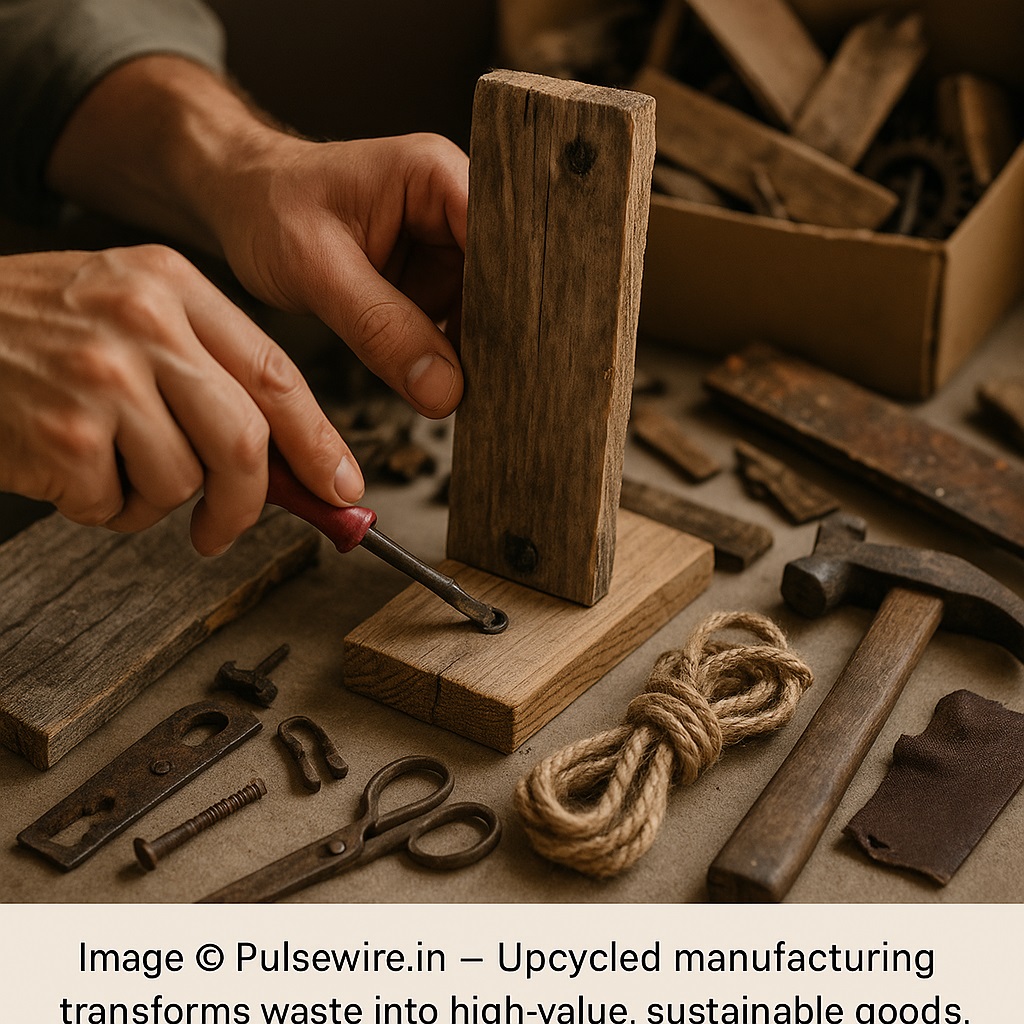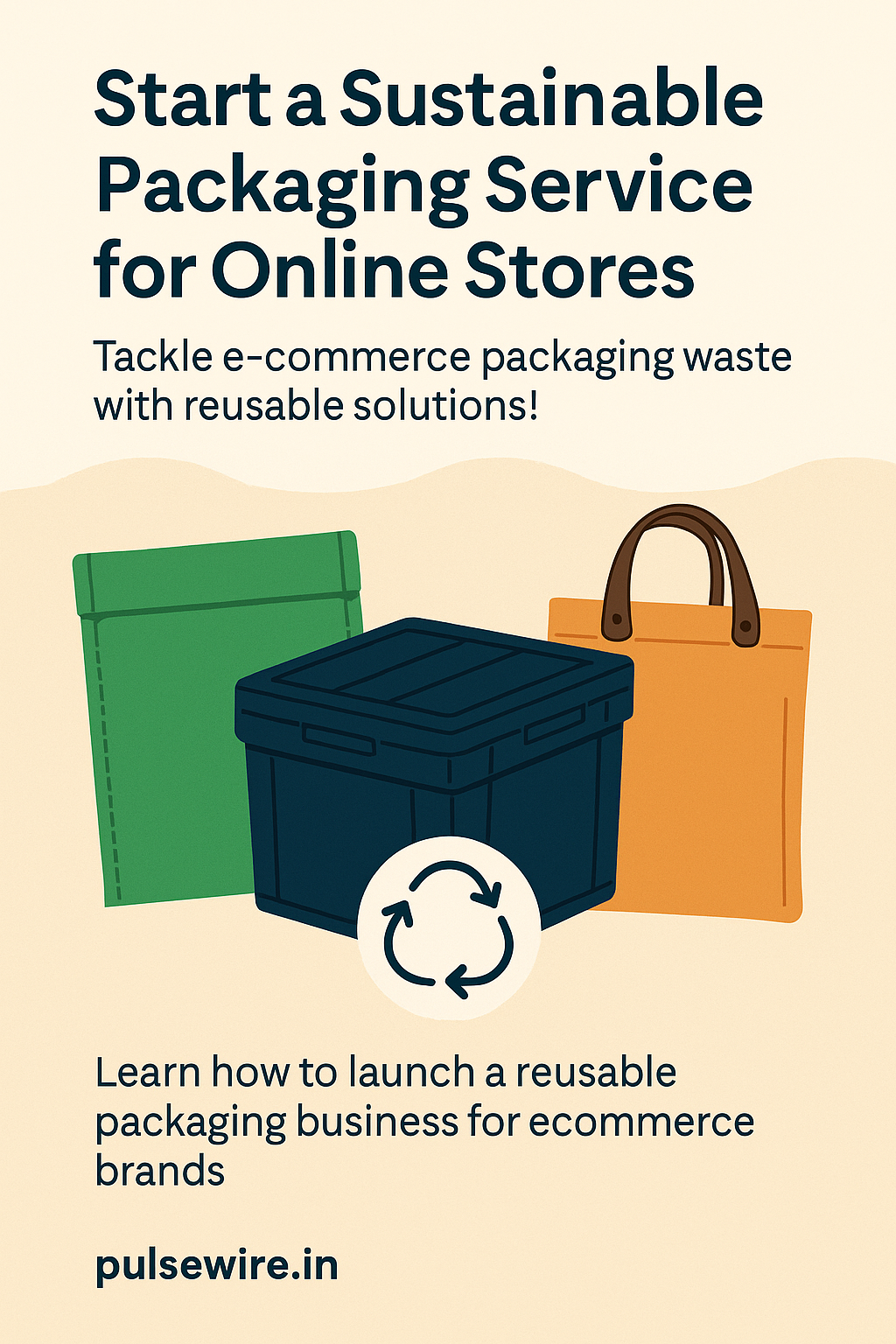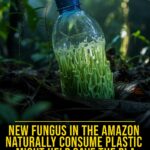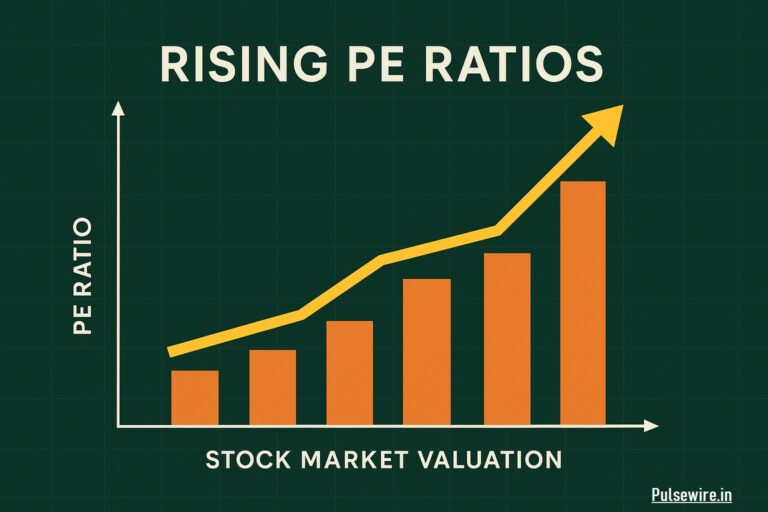
Upcycled Product Manufacturing: Building Sustainable Businesses from Discarded Materials
By Pulsewire Team • Published July 16, 2025 • Last Updated July 16, 2025
In an era increasingly defined by environmental consciousness and the urgent need for sustainable practices, a fascinating and lucrative sector is emerging: Upcycled Product Manufacturing. This innovative approach transforms waste into desirable, high-value goods. Unlike traditional recycling, upcycling gives new purpose and aesthetic appeal to discarded items without degrading their quality.
From chic furniture crafted from reclaimed wood to unique fashion accessories made from old textiles, upcycled products are captivating eco-conscious consumers across the US and UK. This guide explores the rise of upcycled manufacturing, its business potential, diverse product categories, and practical steps to start your sustainable venture.
1. What is Upcycling? Beyond Recycling
Upcycling involves creatively reusing unwanted materials to craft new, often superior, products—preserving their original integrity while elevating their value. Unlike recycling, which breaks materials down into raw form (often losing quality), upcycling retains more energy and aesthetics.
According to the Ellen MacArthur Foundation’s 2023 Global Commitment Report, circular economy initiatives, including upcycling and reuse, have contributed to a measurable reduction in waste across key sectors such as textiles and packaging. In the UK, consumer sentiment strongly aligns with these values—a YouGov survey conducted in 2023 revealed that over 75% of respondents are more likely to purchase sustainable or upcycled products, provided they are visually appealing and accessible.
2. Why Upcycled Products are a Booming Business
- Growing Consumer Demand: A 2024 Deloitte study found over 60% of US consumers would pay more for sustainable brands.
- Compelling Product Stories: Every upcycled item carries a unique history that resonates with buyers seeking authenticity.
- Low-Cost Sourcing: Raw materials often come free or cheap from waste streams or donation centers.
- Corporate & Regulatory Support: US EPA and UK EPR schemes promote circular economy practices.
3. Diverse Product Categories & Inspiration
3.1 Furniture & Decor
Upcycled wood, metal scraps, and industrial materials become stunning tables, shelves, or art. Brands like Furniture by the Sea (US) and Grain & Knot (UK) lead with salvaged elegance.
3.2 Fashion & Accessories
Fashion brands repurpose denim, leather, or textiles into bags and apparel. Elvis & Kresse turns old fire hoses into luxury goods.
3.3 Art & Crafts
Jewelry from circuit boards, lamps from glass bottles—upcycled art is booming on platforms like Etsy.
3.4 Niche Innovation
- Plastic bottles into insulation
- Old tires into planters or tiles
- Pet beds from old suitcases
- Food waste into packaging (UK trend)
4. The Upcycling Process
- Collection: Sourced from landfills, retailers, or donation drives.
- Preparation: Cleaned, sorted, and sanitized.
- Design: Material dictates product potential; prototyping refines ideas.
- Manufacture: Cutting, sewing, welding, or assembling by artisans.
- Finishing: Quality assurance, safety checks, and packaging.
5. Starting Your Upcycled Business: Key Considerations
- Material Consistency: Build steady supply lines with textile recyclers or demolition yards.
- Appealing Design: Blend practicality and aesthetics for US & UK preferences.
- Brand Storytelling: Communicate your eco-mission clearly on packaging and social media.
- Scalability: Use modular designs or batch production to handle inconsistent inputs.
- Safety Compliance: Follow US CPSC or UK safety standards.
- Marketing: Sell via Shopify, Etsy, Instagram, and eco fairs.
Conclusion
Upcycled manufacturing combines creativity, sustainability, and profit. With rising eco-consciousness in US and UK markets, entrepreneurs can build successful brands from discarded materials—helping reduce waste and drive circular economies.
Join the upcycling movement—because waste isn’t the end, it’s the beginning.
Sources:
- Ellen MacArthur Foundation’s
- YouGov UK Sustainability Report
- Deloitte Sustainable Consumer 2024
- US EPA: Circular Economy
- Gov.uk: Environmental Permits
About the Author
Sandeep Jadhav is a sustainability writer and founder of Pulsewire. He shares insights on eco-business models, upcycling, and future-ready innovations.
Related Reads: Green Hydrogen Revolution 2025 | Reusable Packaging Business
Updated on July 17, 2025









